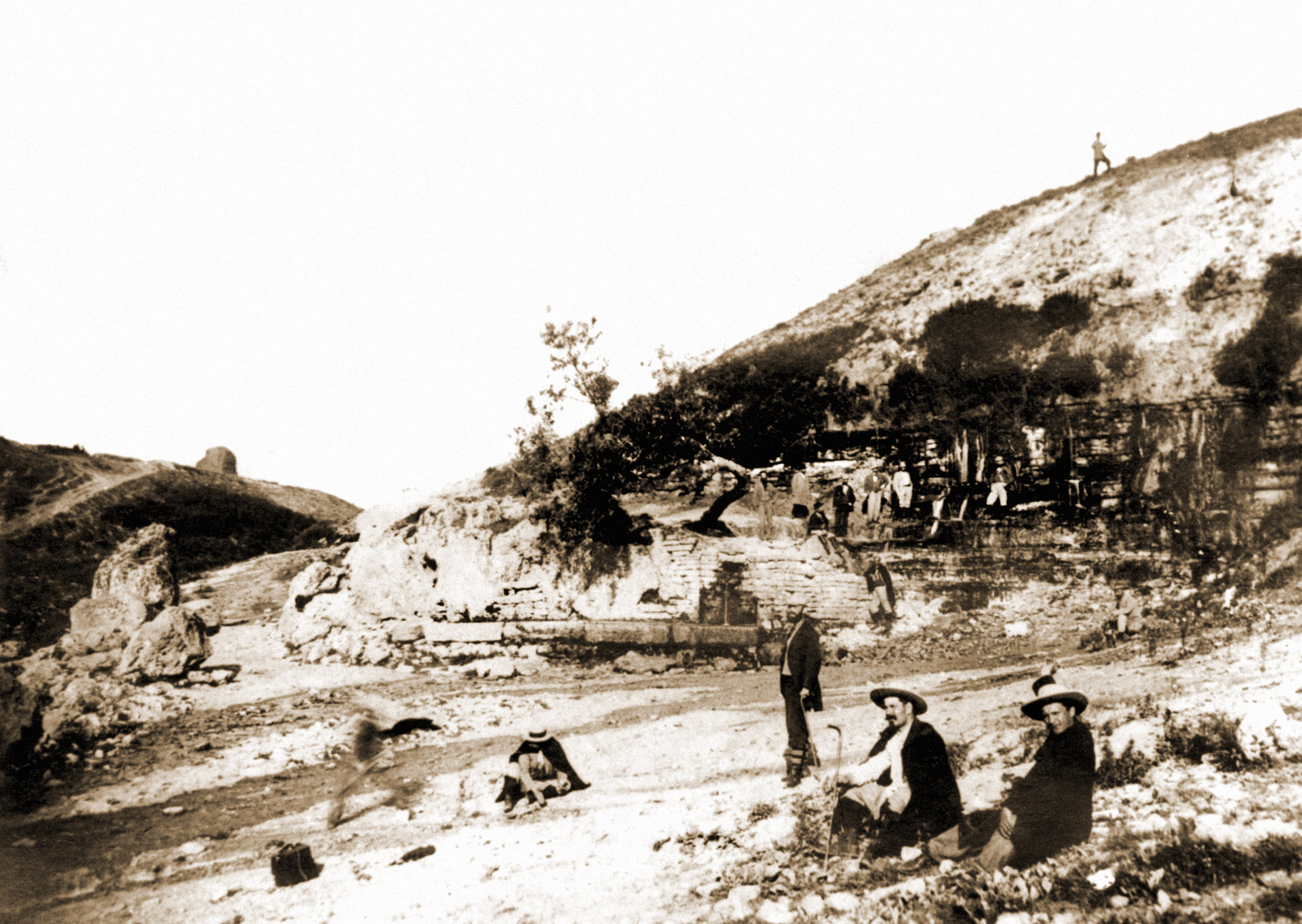2nd shift – REST/PRIVACY
ANNUAL LEAVE
Repetition and exhaustion were often the causes of industrial accidents and casualties. Rest was considered therefore a necessity for achieving production quotas and avoiding accidents that could incapacitate workers. Annual leaves and a formal right to rest and enjoy leisure time came later. Should it be considered a fundamental right for workers?
66. Building the first privately owned water power plant. 1900-1906. Interactive Museum of Industry, Gabrovo, Bulgaria.
Annual leaves allow workers to rest, disconnect from their jobs, reconnect with themselves and enjoy their families. Do you think that this portrait would be possible if the annual leave was not paid and respected?
67. Christmas, Arcozelo Factory. 1947-1997. Teófilo Rego Archive, Casa da Imagem – Manuel Leão Foundation, Vila Nova de Gaia, Portugal.
As for the concept of work hours, annual leave only became crucial with the industrial revolution. Workers that, until that moment, could rest during seasonal agriculture breaks started working six days a week uninterrupted.
Annual leave is the paid time off from work guaranteed to all employees during each work year. Behind the adoption of annual leave, there were concerns with the workers’ health and security meaning that employees who benefit from this right are less likely to suffer accidents and be affected by stress. Being able to rest also favours workers’ motivation and performance.
Similar to what happened with the fight for a shorter working day, the role of trade unions and collective bargaining was paramount. Consequently, in 1936 the International Labour Organisation adopted the Holidays with Pay Convention, and in 1948 the Universal Declaration of Human Rights reaffirmed the importance of the right to rest and leisure time.
Nowadays, according to the EU legal framework, every worker has the right to a minimum four-week paid annual leave which may not be replaced by an allowance. The member-states are free, for example, to establish extra leave days as a reward to workers with higher rates of attendance or an additional holiday pay. However, it is relevant to consider that these regimes vary around the globe.
The simultaneous existence of different types of leave – annual leave and family protection instruments – enhances the importance of rest and the active political choice advocating that workers reserve their annual leave to just re-energise.

